For families who have explored Japan‘s capital thoroughly and would like to get a taste of life farther afield, Tokyo is within striking distance of numerous kid-friendly destinations that are an easy train ride away. Here are our top destinations for memorable day trips from Tokyo, focused on spots that offer cultural stimulation and interesting attractions while still being a manageable distance from Japan’s largest city in a single day.
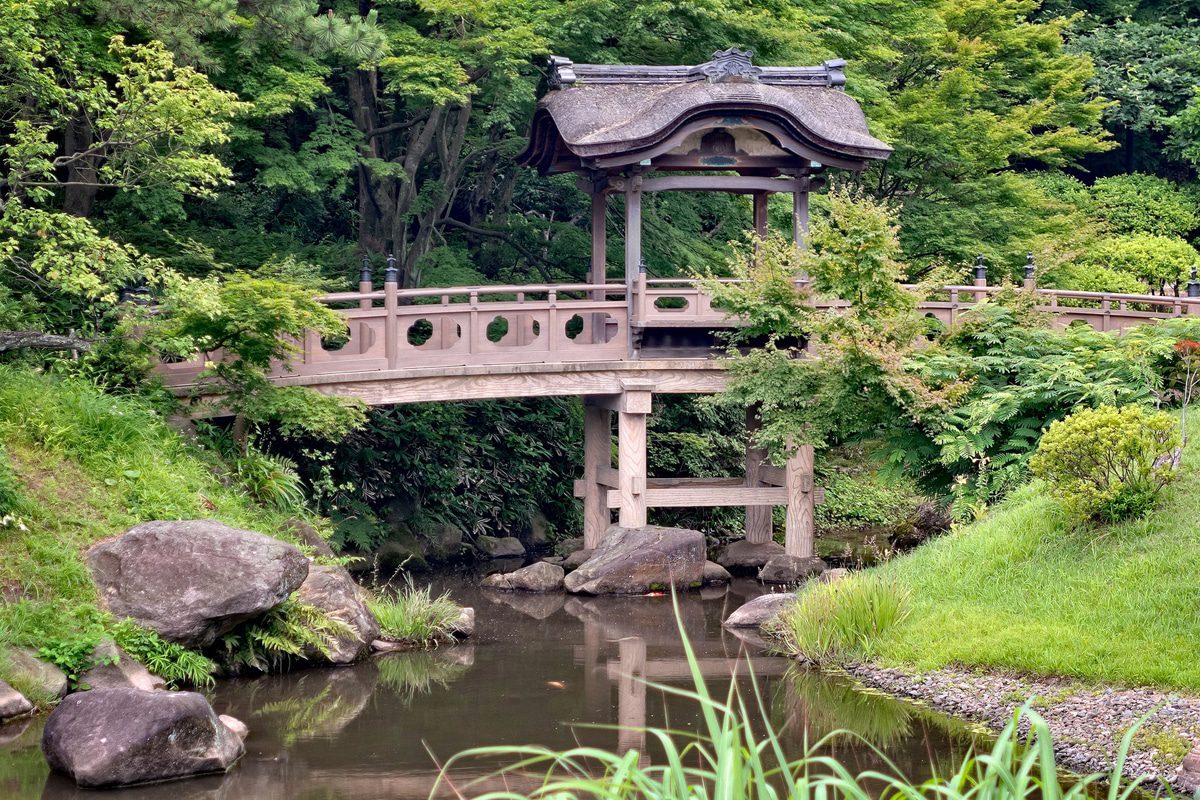
Best Family-Friendly Day Trips from Tokyo
Yokohama
Yokohama is the capital of the Kanagawa prefecture and was one of the first ports to be opened to foreign trade in 1859. This one-time fishing village is now the second-largest city in Japan, and there is no shortage of things to do on a day trip here. Start your day at the traditional Japanese Sankei-en Garden, which was opened to the public in 1906 and has many buildings emblematic of Japanese heritage, including a three-story pagoda. Afterward, satisfy your hungry crew with dumplings and other tasty treats in Japan’s largest Chinatown.
A great place to while away the rest your day in Yokohama is the Minato Mirai 21 “Harbor of the Future.” This waterfront promenade features just about everything you can imagine, from a theme park to restaurants, shops and a spa/relaxation center. Families will enjoy the views from the Yokohama Landmark Tower, a major local landmark. If time allows, add in a stop nearby at the quirky Cupnoodles Museum, which pays homage to this iconic ramen noodle snack. Learn how cup noodles are made and even create your own version in the My Cupnoodles Factory workshop.
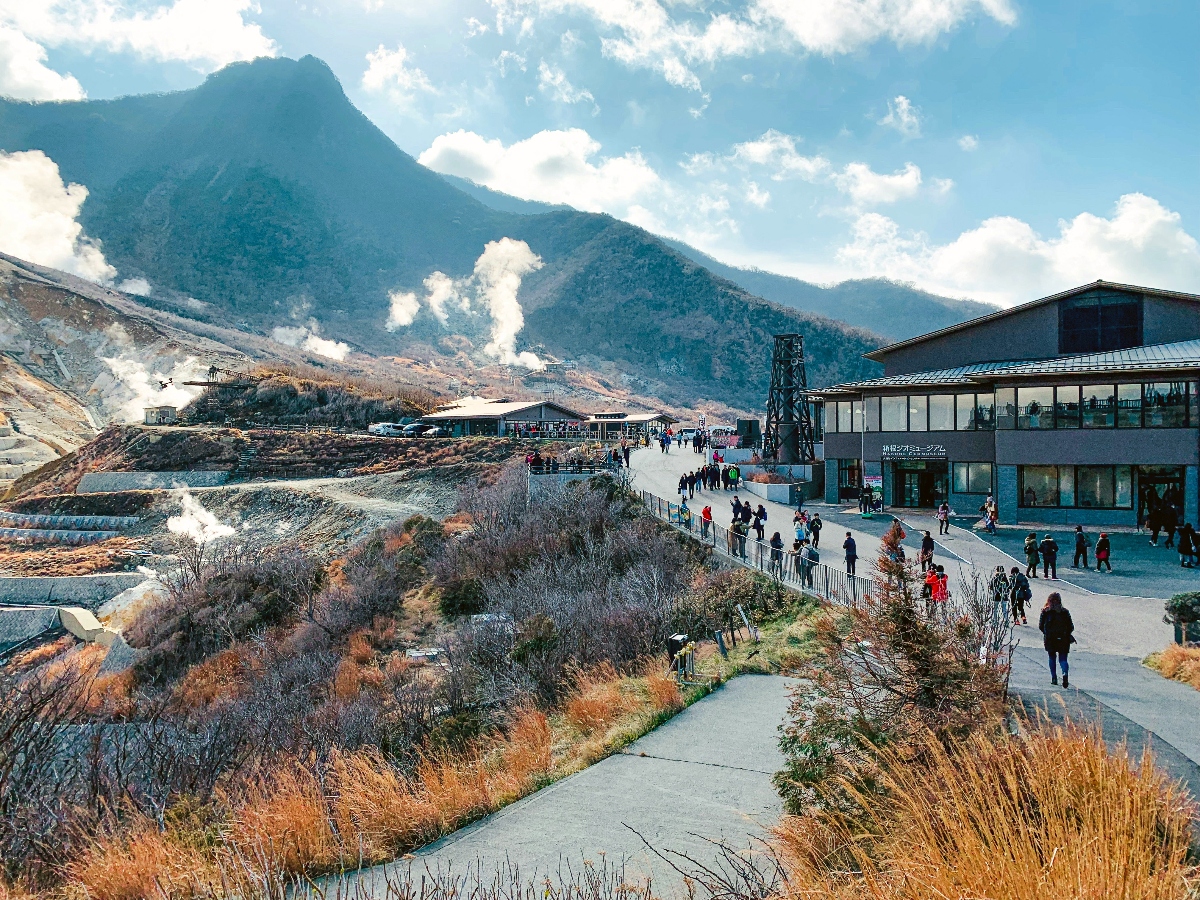
Hakone
Hakone is an extremely popular destination, famous for its onsens, meaning hot springs; beautiful scenery; views of Mt. Fuji on clear days; and museums. If you’d like a comfortable introduction to the hot springs, consider Yunessun, which bills itself as a hot-springs theme park — it’s co-ed and requires swimsuits (though be aware that there is an area for traditional nude bathing in gender-separated areas). Another option is to enjoy the outdoor beauty of Hakone by taking the Hakone Tozan cable car and then the Hakone Ropeway up the mountain. Get off at Owakudani to see the crater that was left when Mt. Hakone erupted 3,000 years ago; for safety reasons, the surrounding volcanic steam zone is now accessible only via guided group tours with prior reservation. For adventurous eaters, legend says that eating the kuro-tamago (black eggs) cooked in the natural springs will extend your life by seven years. Don’t worry: The sulphur turns the shells black, but they are just normal hard-boiled eggs on the inside!
Other attractions include the Hakone Open Air Museum, full of massive sculptures and installations that will delight everyone in the family, and Fuji-Hakone-Izu National Park, which is home to Mt. Fuji. If you still have time, you could even stop in for a quick visit to the beautiful Odawara Castle, which is on the way back to central Tokyo.
Sit back, relax and leave the trip planning details to us.
Just send a quick request, and we’ll pair you with an expert Travel Advisor who can design and book your dream trip: a custom itinerary, private guides, immersive local experiences and handpicked hotels. Click to get started!
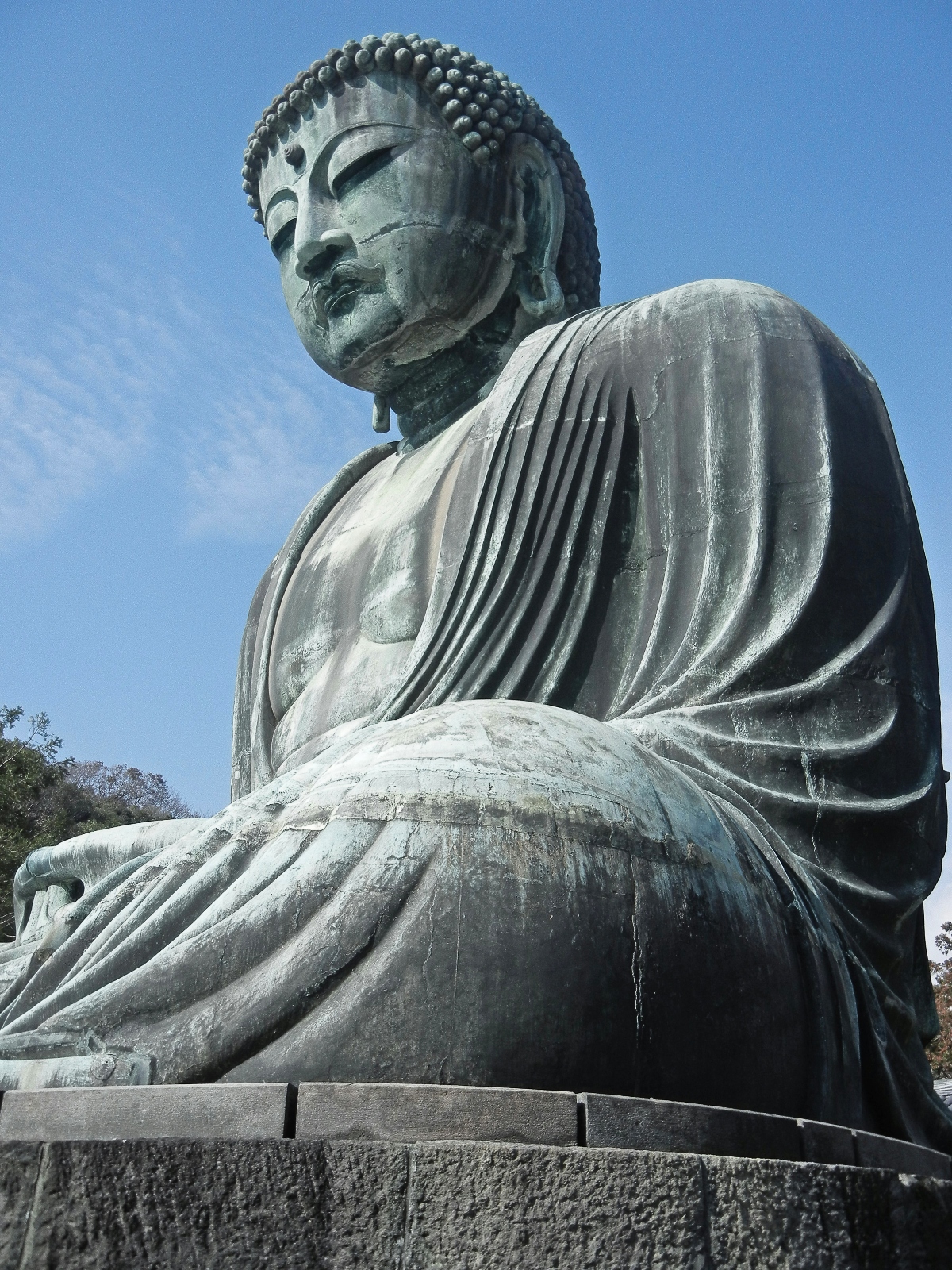
Kamakura
Kamakura is another classic Tokyo day trip, appealing because of its close proximity to the city, its compact size and number of historical sites. One of its most iconic sights is the Daibutsu (Great Buddha) at Kōtoku-in, a massive bronze statue of Amida dating from 1252. Take the Enoshima railway, go souvenir shopping on Komachi Street or catch a ride in a traditional rickshaw. The Tsurugaoka Hachimangu shrine is also walking distance from JR Kamakura station, along a pretty path known as Dankazura — a gorgeous spot for photos, as it’s lined with cherry blossoms.
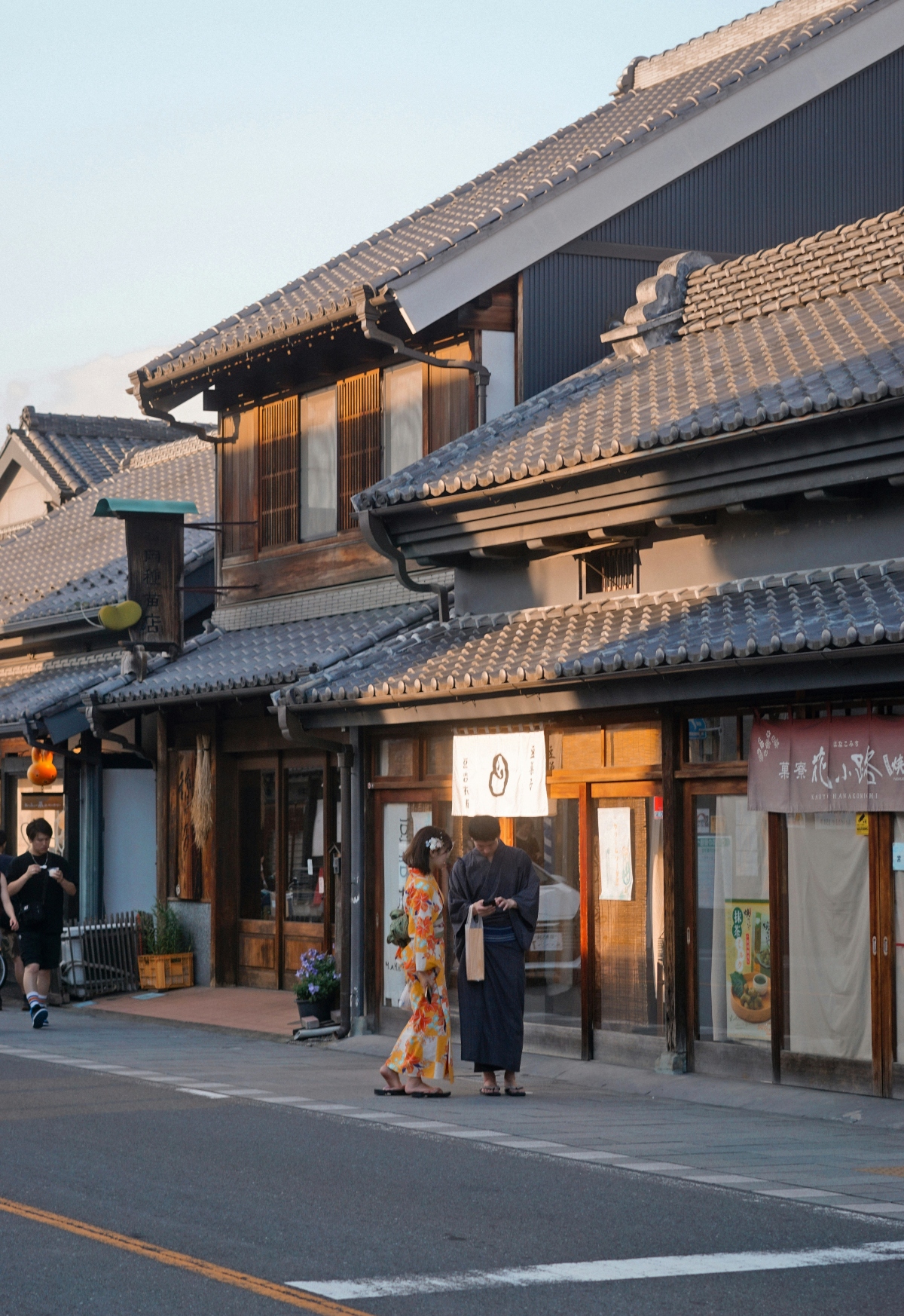
Kawagoe
You can get a feel for Edo-era Tokyo in Kawagoe (also called Little Edo), less than an hour from Tokyo by train. Its kurazukuri (warehouse) district preserves Edo-period clay-walled merchant warehouses, giving a strong old-town atmosphere. Don’t expect a full castle, but some of the original palace buildings from Edo Castle are preserved at Kitain Temple, not in the warehouse street itself. On the edge of the warehouse district is Kashiya Yokocho (Candy Alley), a nostalgic, stone-paved alley lined with traditional candy and sweets shops; the area became especially important after the Great Kanto Earthquake in 1923, when Kawagoe took on many sweets orders for devastated Tokyo. At Kitain Temple you’ll also find more than 500 Rakan (arhat) statues, each carved with a unique face and expression, set among temple gardens. And don’t miss Toki no Kane, the Bell of Time tower, which rings four times a day, echoing the town’s history when people relied on bells rather than clocks.
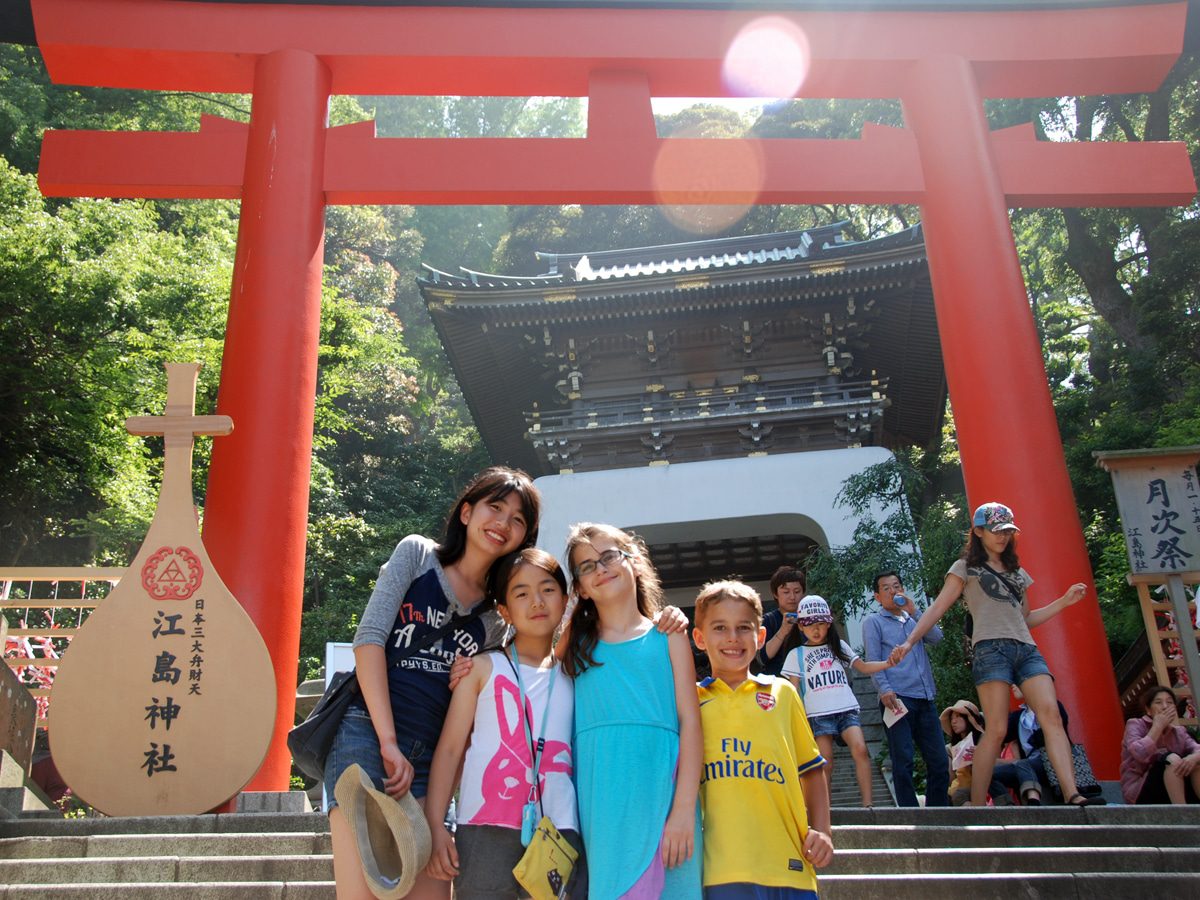
Enoshima
Enoshima, a small island just over an hour by train from Tokyo, is known as a great escape from the bustle of city life, thanks to its beaches, food, shrines and attractions. In the summer, locals flock here for sand, sun and the chance to swim. Enoshima Shrine is a serene and welcoming attraction and the younger set might also enjoy the Enoshima Aquarium. Feeling adventurous? A must-try local delicacy is shirasu, tiny baby sardines that can be enjoyed in various dishes.
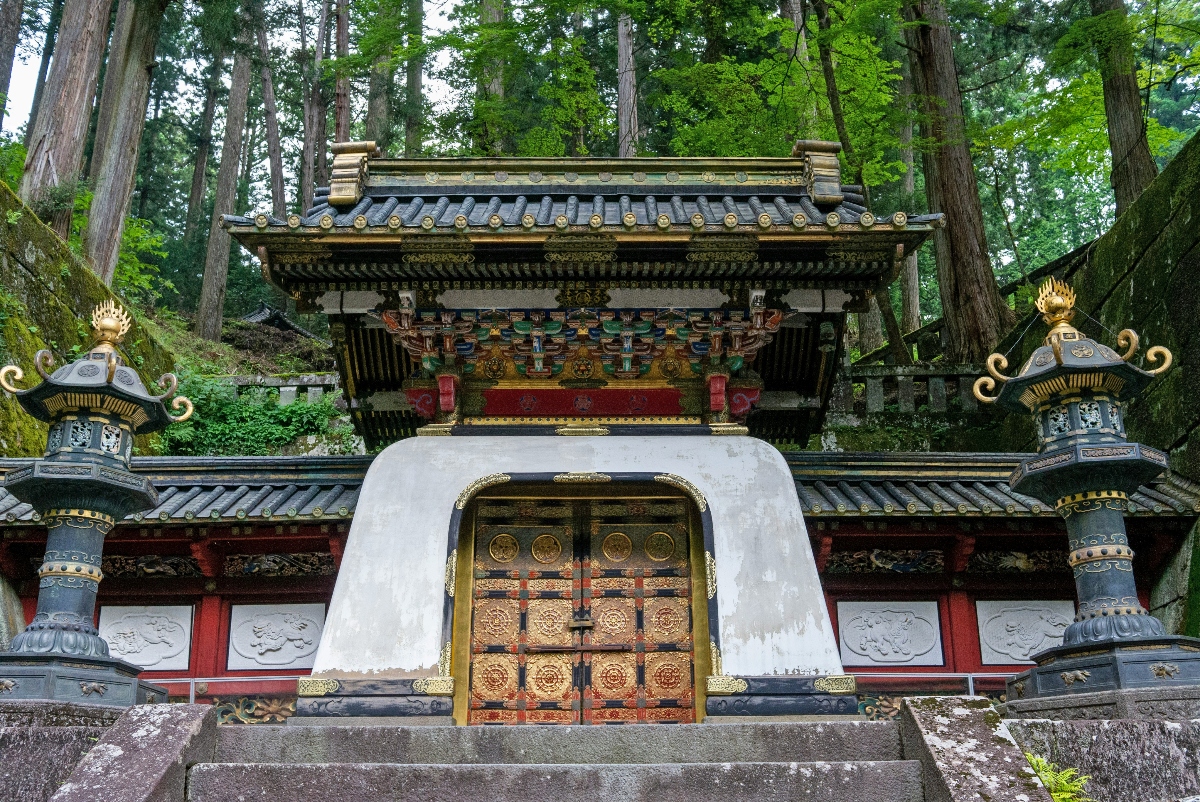
Nikko/Lake Chuezenji
Nikko is a little under two hours from Tokyo, and it is worth a day trip for the entirely different sensibility of its environs, which date back to the 8th century. One of the most famous sights to see here is the Toshogu Shrine, which pays homage to and houses the remains of Tokugawa Ieyasu, the first shogun of the longstanding Edo shogunate (who also became the focus of James Clavell’s novel Shogun). Several of the buildings at Toshogu feature animal ornamentation; one of the most famous examples is the sculptures of the Three Wise Monkeys (see no evil, hear no evil, speak no evil). Also keep an eye out for the Yomeimon Dragon Gate.
After visiting Toshogu, families might get a kick out of learning to be a ninja or get a feel for living in Edo-era Japan at Edo Wonderland amusement park. If time allows, visit Lake Chuzenji and take out a pedal boat or check out Kegon Falls, the spectacular waterfalls that form at the outlet of Lake Chuzenji. There’s an elevator that runs between the bottom and top of the viewing areas — a bonus for parents with little ones.
Unlock our free guide: 6 Easy Steps to a Year’s Worth of Travel
Time flies, but memories last forever. Our simple 6-step process helps you make the most of precious vacation family time during the years with kids at home. Click to get your download!
Atami City
Located southwest of Tokyo on the Izu peninsula, the coastal hot-springs resort of Atami is another great place for a family outing. It has its own shinkansen (bullet train) stop, making it a quick 30- to 55-minute trip from Tokyo. Highlights of this locale are the beautiful ocean views, hot springs, museums and Atami Castle, where kids can dress up and learn about Samurai life. There are also several tranquil shrines and temples, the most popular being Kinomiya Shrine with a 2,000-year-old camphor tree that’s rumored to house a Shinto god. Make time for the castle’s adjacent “Trick Art” Museum, which features wacky paintings that fool the eye and offer plenty of laughs.
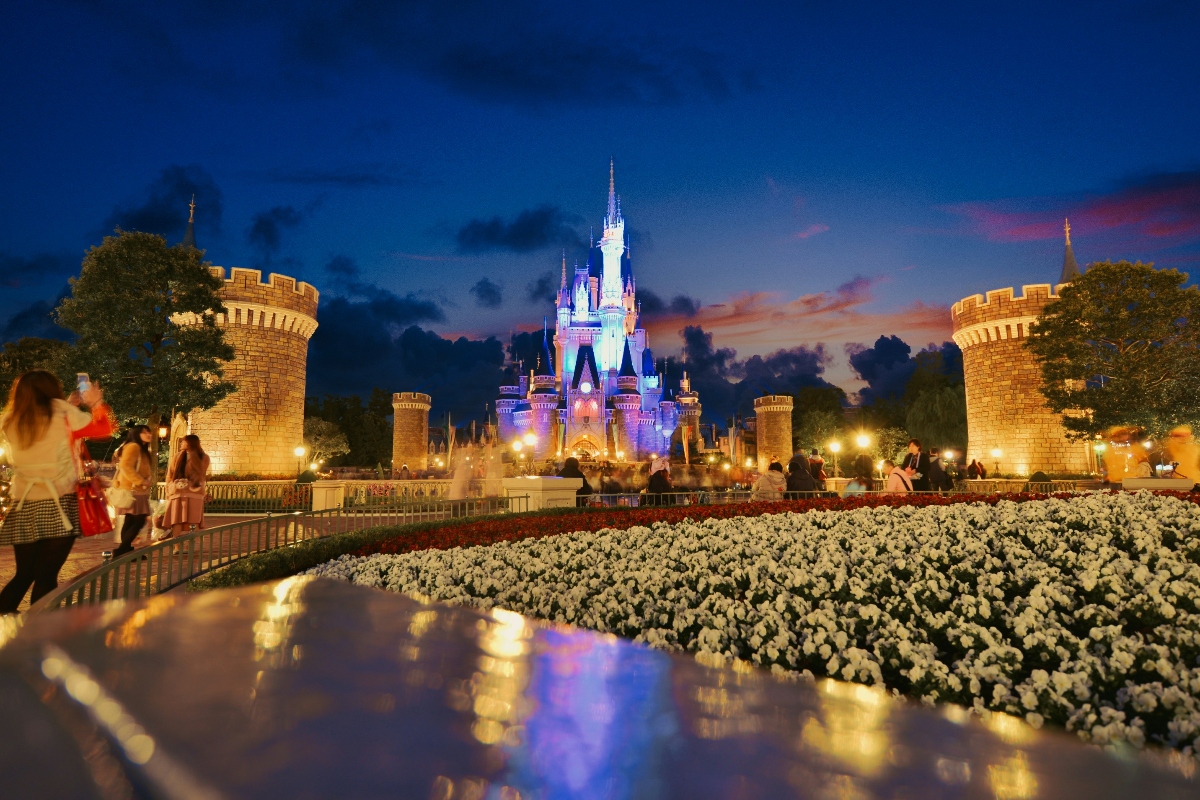
Chiba
Ask most people about Chiba, and the first thing they will mention is Disney. Although Tokyo Disneyland and Tokyo DisneySea may be the impetus for your family’s interest in Chiba, there are plenty of other reasons to go. Chiba Castle is an iconic spot that houses the Chiba Folk Museum; you can also visit the Chiba Zoo. For those interested in baseball, Chiba is the spot to catch a Chiba Lotte Marines game at their home stadium. There are also several museums where you could easily spend a day, including the hands-on activities at TechnoTown and WonderTown (part of the Chiba City Museum of Science) and even the Kikkoman Soy Sauce Museum and factory tour.
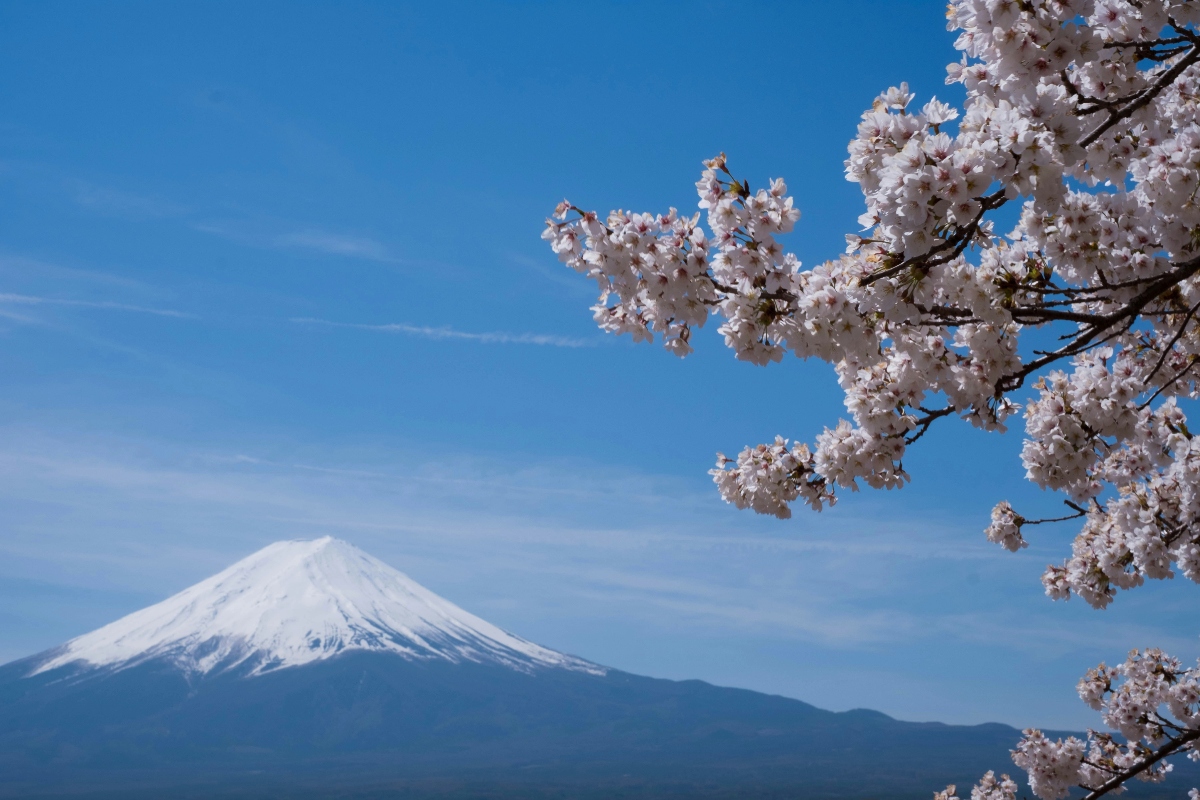
Mt. Fuji
It would be a mistake to leave Mt. Fuji off this list, but families might prefer taking in the beautiful views from Fuji City or Shimizu instead of making the climb. Another option is to visit Lake Kawaguchi or try the Kachi Kachi Ropeway, which offers stunning views over Lake Kawaguchi and the mountain. For adventurous families who would like to get more than just a glimpse of Fuji-san, the Fuji Subaru Line 5th Station serves as a starting point for the Yoshida Trail, which leads to the summit of Mount Fuji. However, attempting to summit in a single day is not recommended due to the physical demands and risks associated with high-altitude hiking.
If you plan to take a day trip from Tokyo, be sure to invest in a rail pass. It’ll make your travel more affordable and improve your experience overall. Navigating a train station in Japan is part of the fun (most signs are translated into English). Sometimes the journey is just as culturally eye-opening as the destination itself!
Relevant Links:
See the best accommodations and activities for families in Japan
Seasons of Japan: When is the best time to plan your trip?
Best 1-week itinerary in Japan with kids
Unforgettable things to do in Kyoto with kids
Editor’s note: This post was accurate when published. We advise checking independently for the latest information and updates. Ciao Bambino does not accept responsibility or liability for any errors or omissions in, or for any actions taken based on, the information presented.
Start a Discussion
4 CommentsFamily Travel Blog
View All Posts





 travel recommendations, inspiring adventures, and exclusive travel offers
travel recommendations, inspiring adventures, and exclusive travel offers
Love the people and culture of Japan – can’t wait to share the experience of traveling there with my family. Thanks for the info!
Tokyo is surely a beautiful place to visit for a family adventure. The food, culture and spots are amazing.